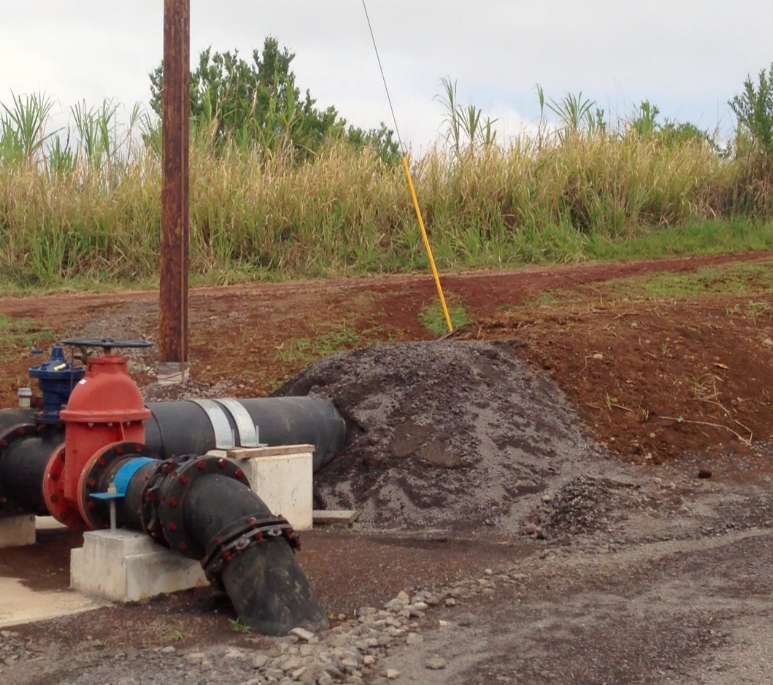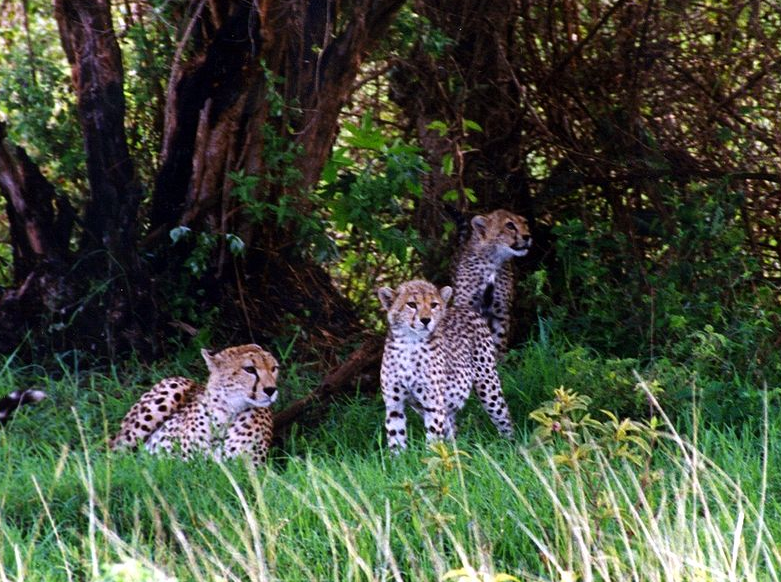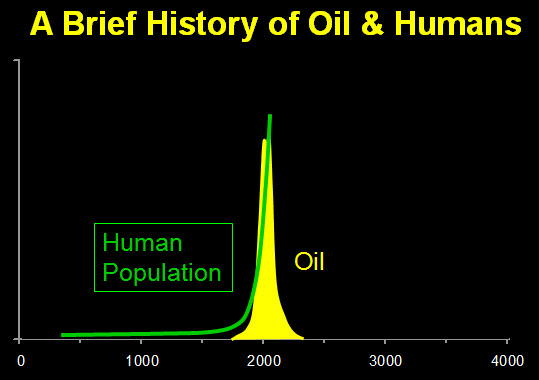My Op-Ed article on the Aina Koa Pono situation, and how it would raise electricity rates for O’ahu residents (though the project is on the Big Island), ran in yesterday’s Star-Advertiser. Here it is in full:
***
The Public Utilities Commission (PUC) is considering approving
a contract between Hawai‘i Island’s HECO-owned utility (HELCO) and a partnership known as Aina Koa Pono (AKP). Its decision is expected within the next several weeks.
Why should rate payers on O‘ahu care about this proposed
contract?
Because if approved, O‘ahu residents would pay about 90
percent of the cost – even though the very expensive fuel would only be used on the Big Island.
The contract between HELCO and AKP calls for HELCO (and you) to purchase fuel from AKP at about $200/barrel. Today, a barrel of oil costs about half that: $107. If this contract is approved, there will be a surcharge, to cover the difference, on your monthly electricity bill.
Furthermore, note that whenever oil has reached about $120/barrel, world economies have slowed precipitously. Many have gone into recession. This tells us that there is a natural economic “stop” in place that keeps oil from getting anywhere near $200/barrel.
And yet HELCO/HECO is trying to guarantee AKP a fixed price
of $200/barrel.
While a discussion of using renewable energy, rather than
primarily buying foreign oil, is warranted, when the cost of those renewables is so unrealistically high that any buyer would look for other alternatives, then that discussion has reached the point of absurdity.
What lower-cost alternatives exist for the Island of Hawai‘i?
- The Island has significant geothermal resources at the equivalent price of $57/barrel. Right now, HELCO purchases only about 70 percent of the geothermal power available, meaning there is more geothermal available at well below the equivalent of $200/barrel.
- HELCO currently purchases power from biofuel and hydroelectric sources that make a reasonable profit at today’s prices, and don’t ask for $200/barrel. Additional power plants are asking to come on line at today’s prices.
- HECO and HELCO currently buy solar power at prices well below the equivalent of $200/barrel (in fact, from what we can tell, at less than half that price).
- HECO and HELCO buy wind-generated power for far less than $200/barrel, with more potential sellers lining up to sell to them.
AKP’s plan has technical issues, as well. The process AKP plans to use has never been proven at the scale they propose; the proposed
yield of source material is many times more than ever grown anywhere. There are also cultural and environmental issues.
Finally, you might ask why O‘ahu rate payers should pay for power consumed by rate payers on another island. GOOD QUESTION.
The simple answer is that if rate payers on the Island of
Hawai‘i had to bear the burden, there is no way this could be approved. That kind of tells the whole story right there, doesn’t it?
We suggest you write to the PUC if you oppose this contract:
hawaii.puc@hawaii.gov. You can also contact your State and County legislators and your Mayor.
Richard Ha, owner of Hamakua Springs Country Farms,
submitted this on behalf of the Big Island Community Coalition, of which he is a founding member. Other founding members include Dave DeLuz Jr., John E.K. Dill, Rockne Freitas, Wallace Ishibashi, Ku‘ulei Kealoha Cooper, Noelani Kalipi, Ka‘iu Kimura, Robert Lindsey, H.M. “Monty” Richards, Marcia Sakai, Lehua Veincent and Bill Walter. All operate as individuals and do not represent others. The Big Island Community Coalition (BICC) works primarily with cost issues on the Island of Hawai‘i, where residents pay about 25 percent more for electricity than do O‘ahu rate payers.
###



